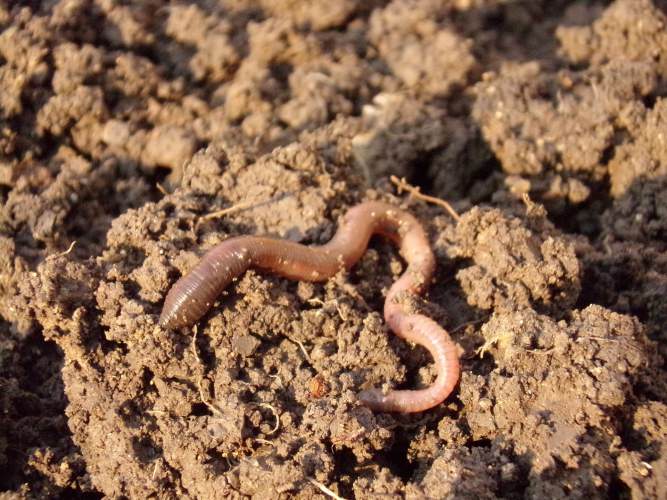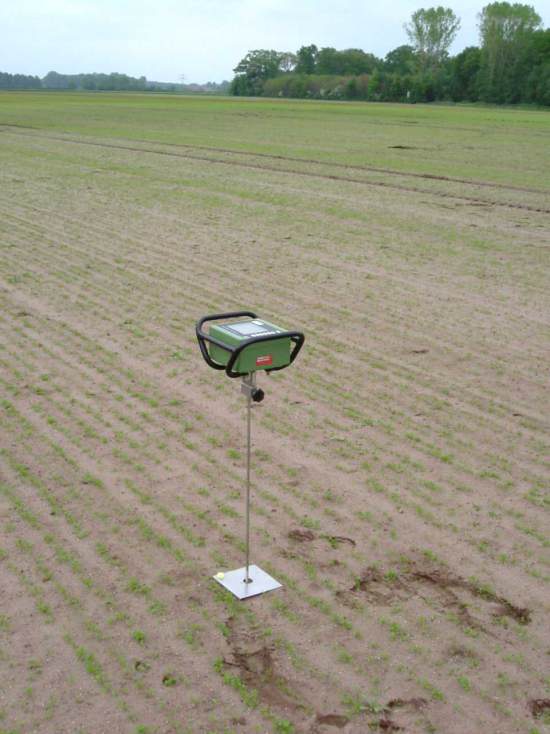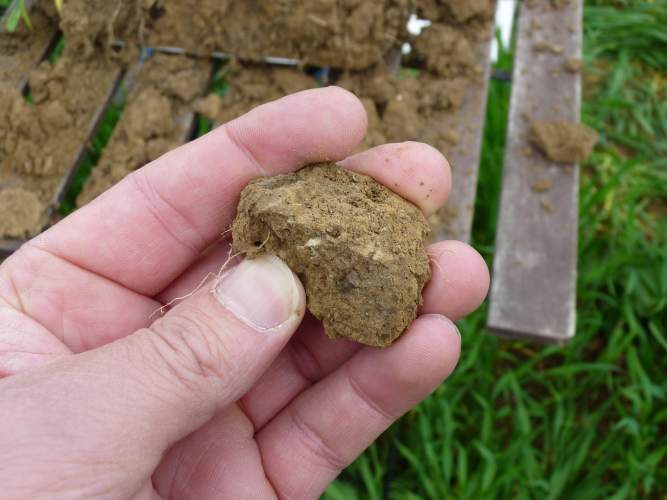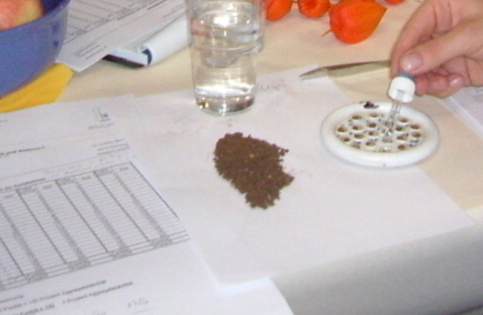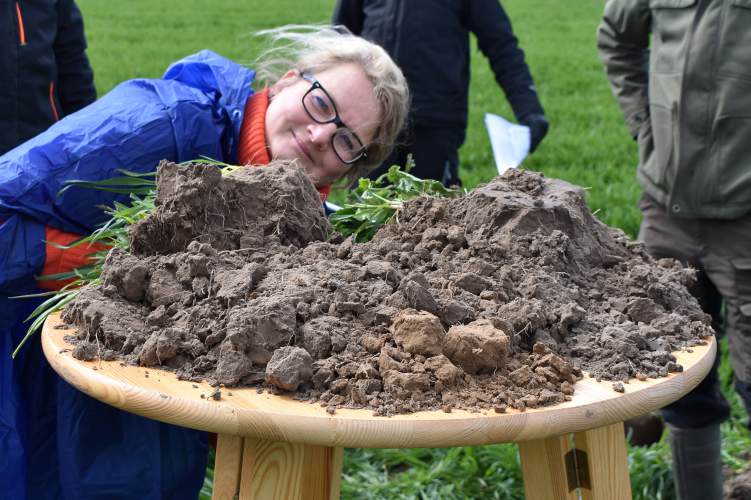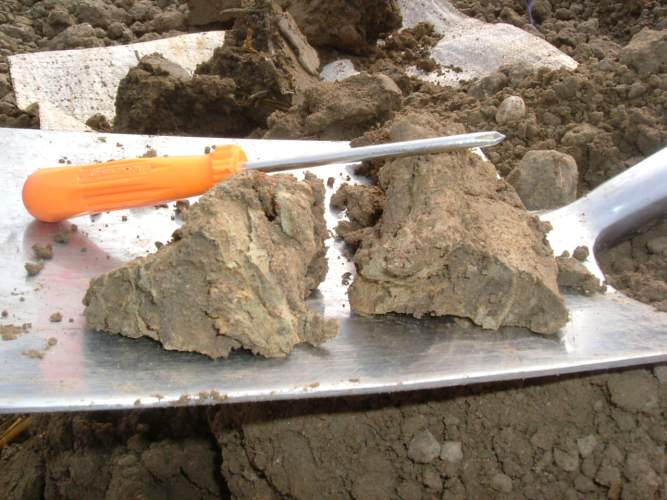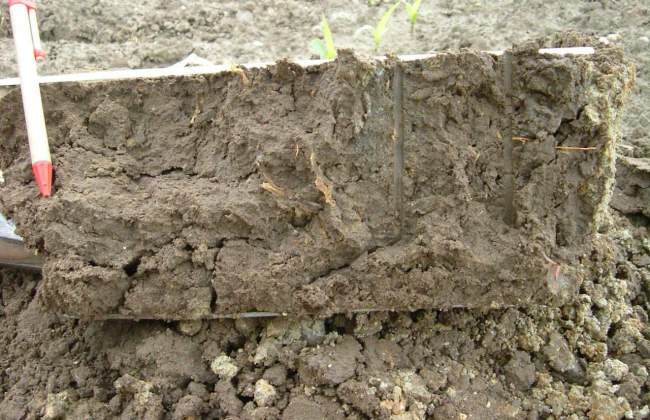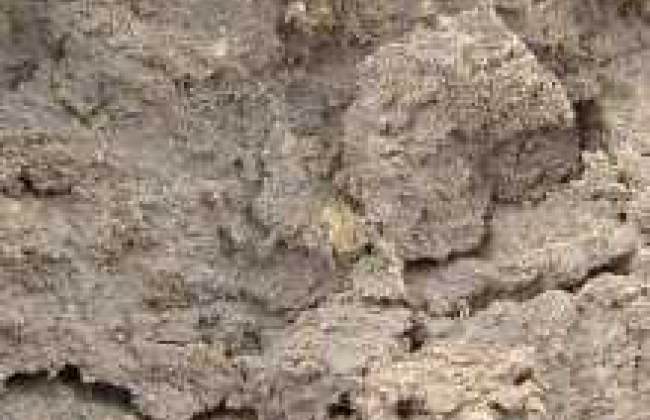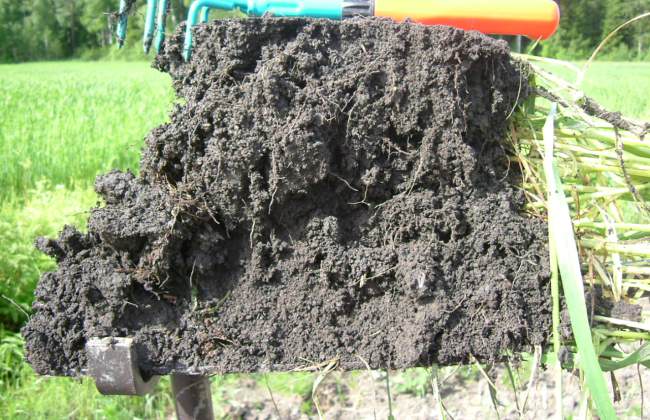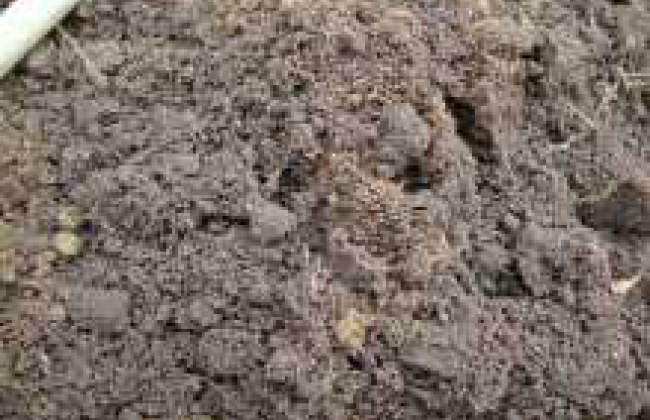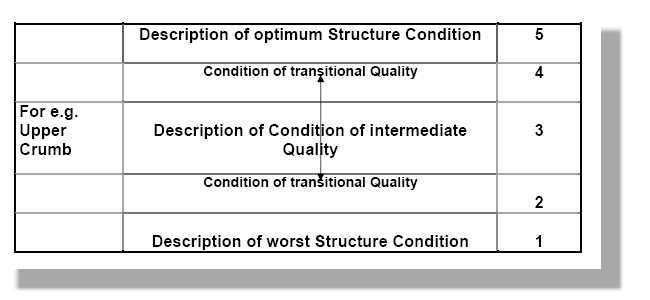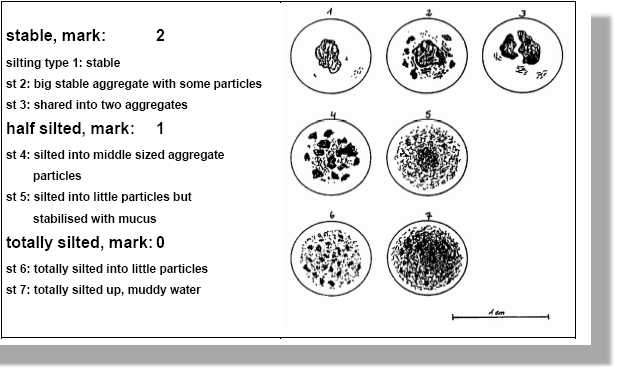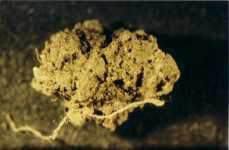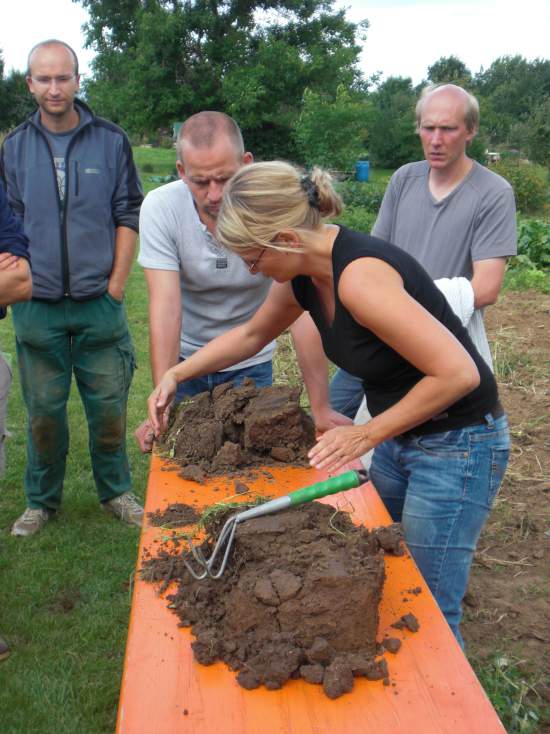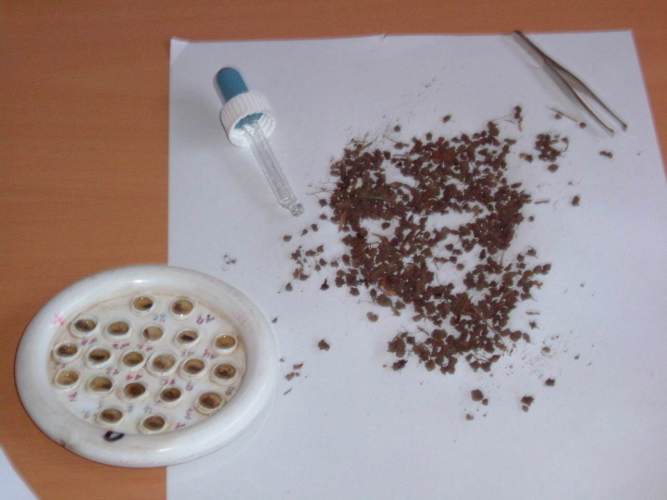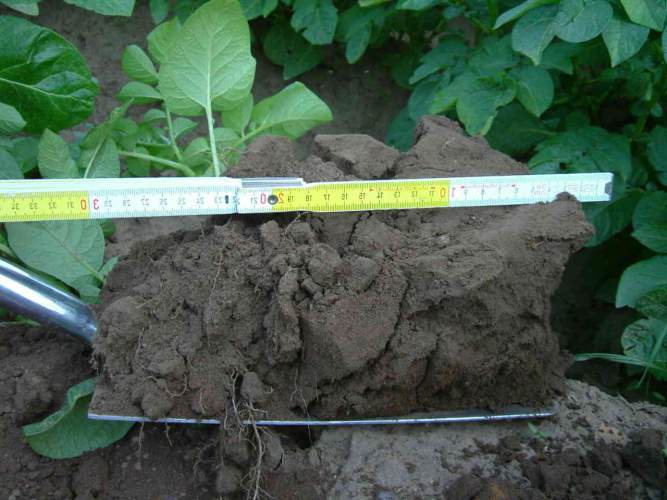Soil Analysis based on Soil Structure
Monocultures and the replacement of catch crops with high humus reproduction potential by humus-consuming energy crops lead to further humus depletion. That is counterproductive for the challenges of climate change. Humus loss and the associated decline in biological activity increase compaction and erosion and reduce the infiltration and storage capacity for water. This significantly aggravates the consequences of climate change – extreme rainfall, flood risk and drought.
Many scientific methods for soil analysis are available for assessing the ecological functionality as well as the resilience of soils. They use different soil indicators for evaluation: on the water cycle, on nutrient supply, on soil structure and on the vitality of the soil. Depending on the question, they can provide important partial information. Some are very complex and depend on expensive laboratory equipment, but have only a very limited informative value. Others are simple and can be carried out in the field and give a qualitative overall picture.
Soil indicators are important for analysing and evaluating the sustainability of soil management. In the course of the discussion about this, it becomes apparent again and again that the definitions and views of different disciplines regarding soil indicators are manifold and different. Depending on the target value of the investigation, different indicators are also necessary.
Soil structure analysis: For practice & science
*Soil experts worldwide consider the analysis of soil structure condition to be very meaningful.
Water balance, humus content, organism activity and diversity interact with soil structure in complex ways – and thus groundwater and surface water quality, flood risk, erosion risk, trafficability as well as plant nutrition and yield formation.
From 1995 to 2001, I developed a scientific method for assessing soil structure that provides an evaluation specific to soil type and horizon.
It also allows qualitative statements to be made on humus supply, soil life and water holding capacity.
In a slightly simplified form, the method can also be used by any farmer without additional technology.
Offer: Soil tests and their significance – lecture or seminar
Offer: Soil evaluation with the Qualitative Structural Analysis according to BESTE – lecture, workshop or seminar.
Offer: Healthy soil structure – management & analysis – lecture or seminar
Workshop examples…
Soil Workshop in Wülfrath (Germany)
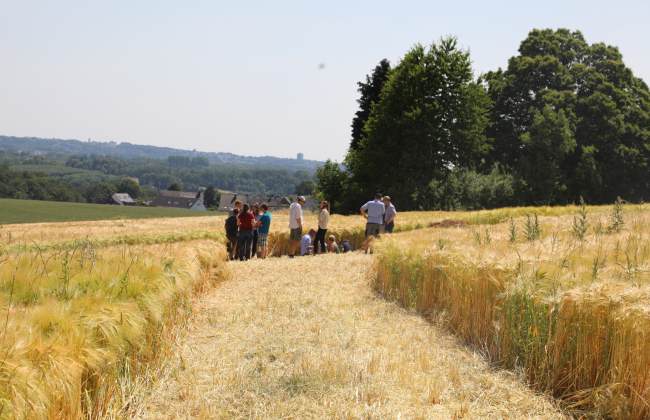 Soil Workshop Wülfrath 2023
Soil Workshop Wülfrath 2023Soil Workshop Wülfrath 2023, with Dr. Ophelia Nick, StS. BMEL; Michael Reber, farmer & Thorsten Frisch, farmer
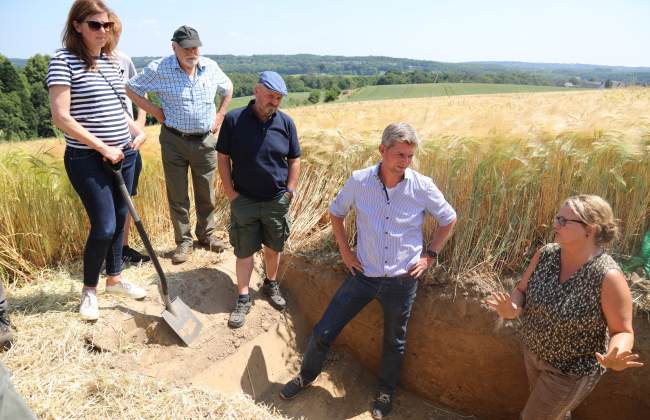 Soil profile
Soil profileSoil Workshop near Nürnberg (Germany)
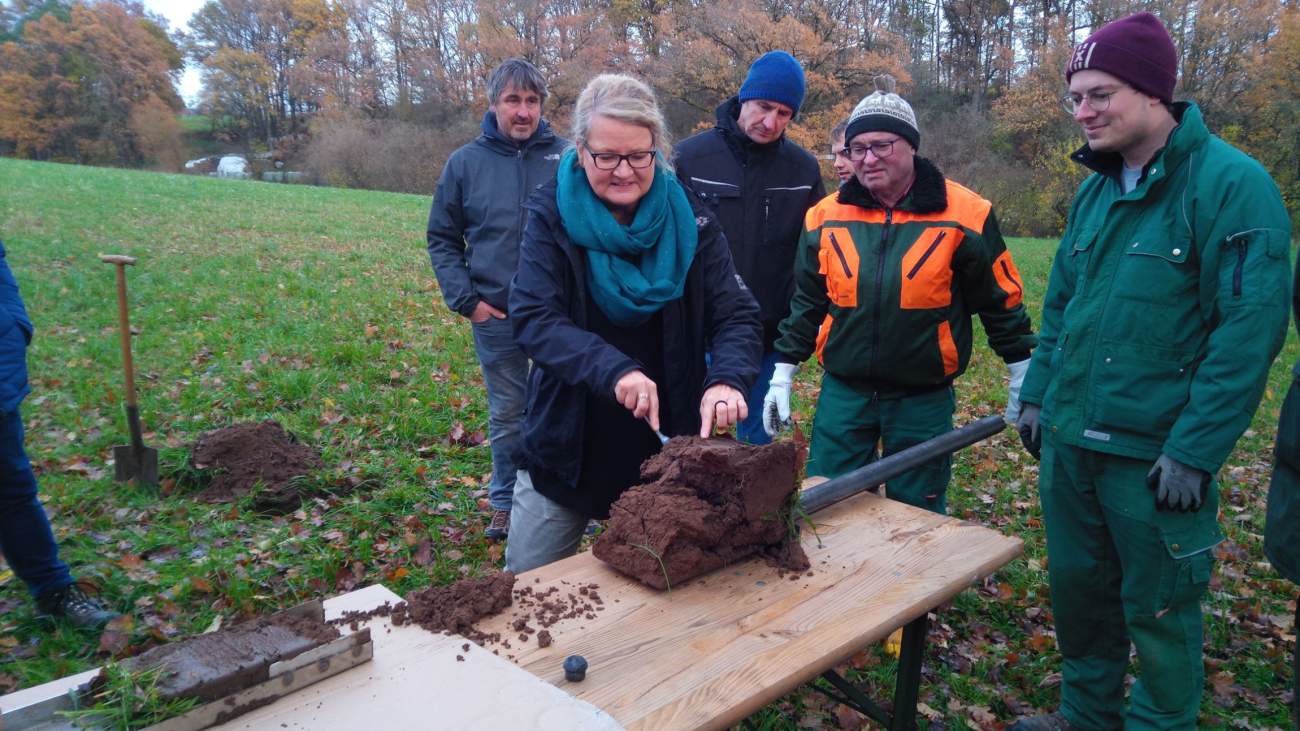
Lecture on humus management and water storage in climate change with field inspection and soil analysis according to BESTE 18.11.2023 in Rohr near Nuremberg
Scientific Qualitative Structural Analysis
The Qualitative Structural Analysis provides a sound basis for all further measures. Both for the farmer’s practical measures on the soil condition and for management plans for soil regeneration – for example in contract farming.
Assessment of Soil Structure
The Qualitative Structural Score according to BESTE is soil-specific and horizon-specific.
This means that there is a special score sheet for sandy, clay and loam soils.
Each soil horizon is evaluated separately.
Scores from 1 – 5 stand for the qualitative result.
The assessment of the structural condition is based on the deviation of the observed actual condition from the described target condition.
This allows for a quick assessment classification.
Characteristic specifications facilitate the decision even with little previous soil science knowledge.
Test of Aggregate Stability
For the sludge test of aggregate stability according to BESTE, the soil particles are sieved at current soil moisture – i.e. as they were taken from the field. If they are pre-dried, the biological bonding mechanisms are strongly altered!
The silting score was developed for aggregate sizes between 3 and 5 mm, as they show significantly more biological stabilisation mechanisms than smaller aggregates.
The score of the disintegration test is soil-specific.
This means that there is a special score for sandy, clay and loam soils.
The disintegration levels are 2, 1 and 0 for stable, half disintegrated and completely disintegrated.
Often, in scientific publications, a high aggregate stability is inferred to be a biologically stabilised, good structural condition without checking the structure.
However, a microstructural analysis alone ultimately provides clarification as to whether a high aggregate stability was caused by internal compaction of the aggregates, by liming or by biological stabilisation.
It is therefore advisable to carry out both types of analysis.
Example 1:
Analysis of the good ecological status of agricultural land.
Analysis on behalf of the Luxembourg Chamber of Agriculture in German
Example 2:
General survey of 250 areas of contract farmers for a food company.
Summarised result of qualitative microstructure analysis and aggregate stability test. Percentage of areas in the individual evaluation categories:
Selected publications on soil analysis:
BESTE, A. (2020), 5th edition: Toolkit: Improvement of soil functions and soil fertility with the help of Qualitative Soil Analysis. order
BESTE A. (2004): Further Development and Improvement of Spade Diagnosis as Field Method for the Evaluation of Ecological Significant Structure Parameters of Soils under Agricultural Management.
This is the full English version of the Dissertation.
Scientific further development of the Qualitative Soil Analysis according to BESTE
Junge, S. et al. (2020): Developing Organic Minimum Tillage Farming Systems for Central and Northern European Conditions.
In three case studies, we demonstrate how the intensive use of cover crops, compost, and/or mulch help to improve soil structure and fertility and thus, enable the establishment of organic minimum tillage. This includes an example of practical research in a vegetable farm developing innovative, soil improving cultivation strategies. Traditional as well as participatory and on-farm research can be supported by a visual spade-based diagnostic method to determine the Soil Structure Index (SSI) that helps generate highly informative data.
